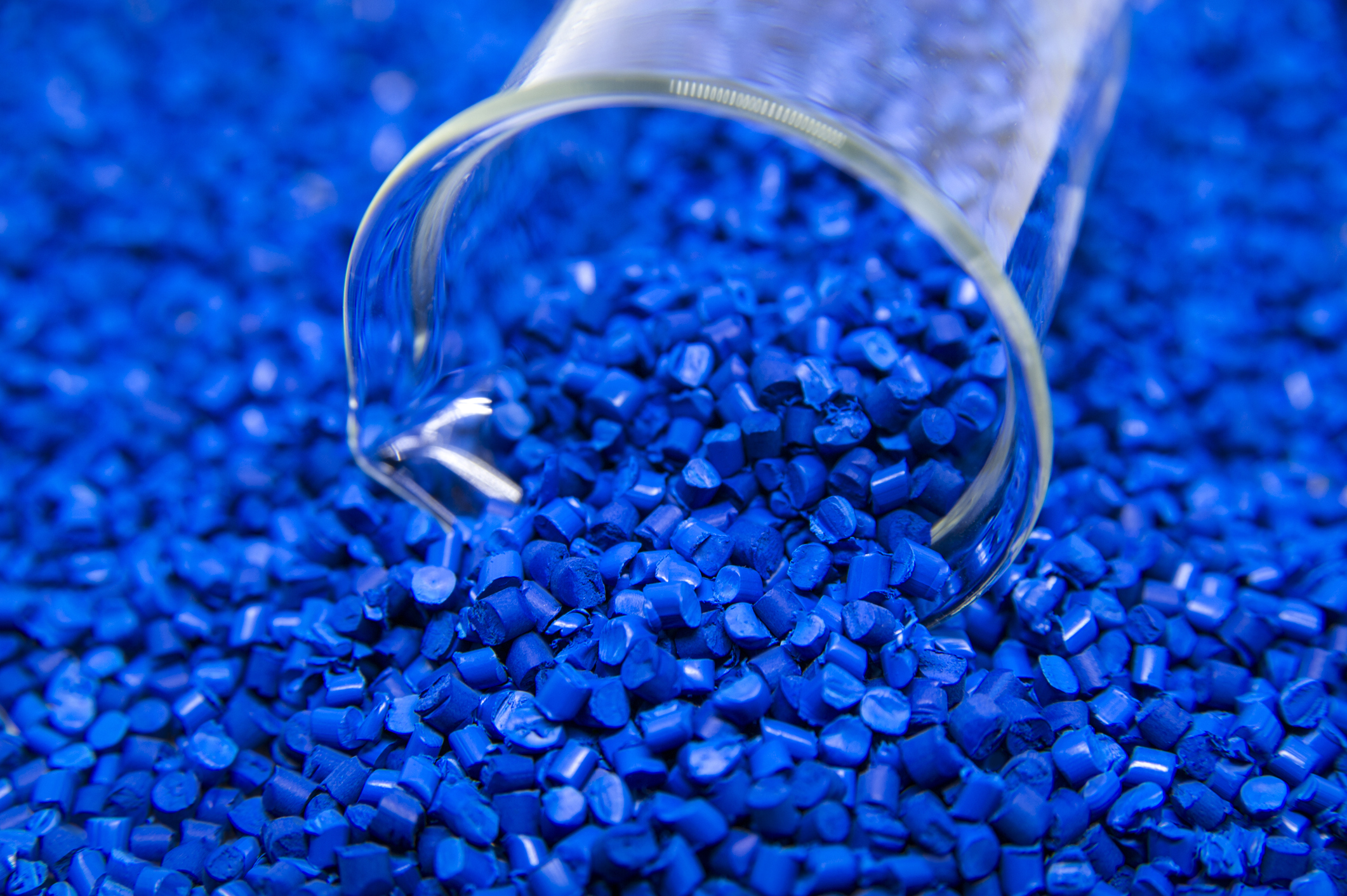
The Plastics Industry Association (PLASTICS) is a purpose-driven organization that supports the entire plastics supply chain.
Our councils, committees and events such as our signature global tradeshow NPE®, bring the boldest and brightest innovators, influencers and new technologies together to create connections, expand business growth and showcase our industry.
From the technological advancements we enable to the possibilities we create, we’re dedicated to helping our members shape the future and make a positive impact every day.
PLASTICS. WE PROTECT, PROMOTE, AND GROW THE PLASTICS INDUSTRY.

The Plastics Industry Association (PLASTICS) is the only association that supports the entire plastics supply chain. Founded in 1937, we have a track record of fostering collaboration between each industry segment and evolving alongside the plastics industry as a whole.
With the increased attention on plastic material, our association is here to connect companies throughout the entire industry supply chain and encourage innovation to meet the needs of tomorrow. We’ve expanded the resources and tools available to members, to help us come together and help positively shape the future for a sustainable plastics industry.
Join us to protect, promote, and grow the plastics industry.
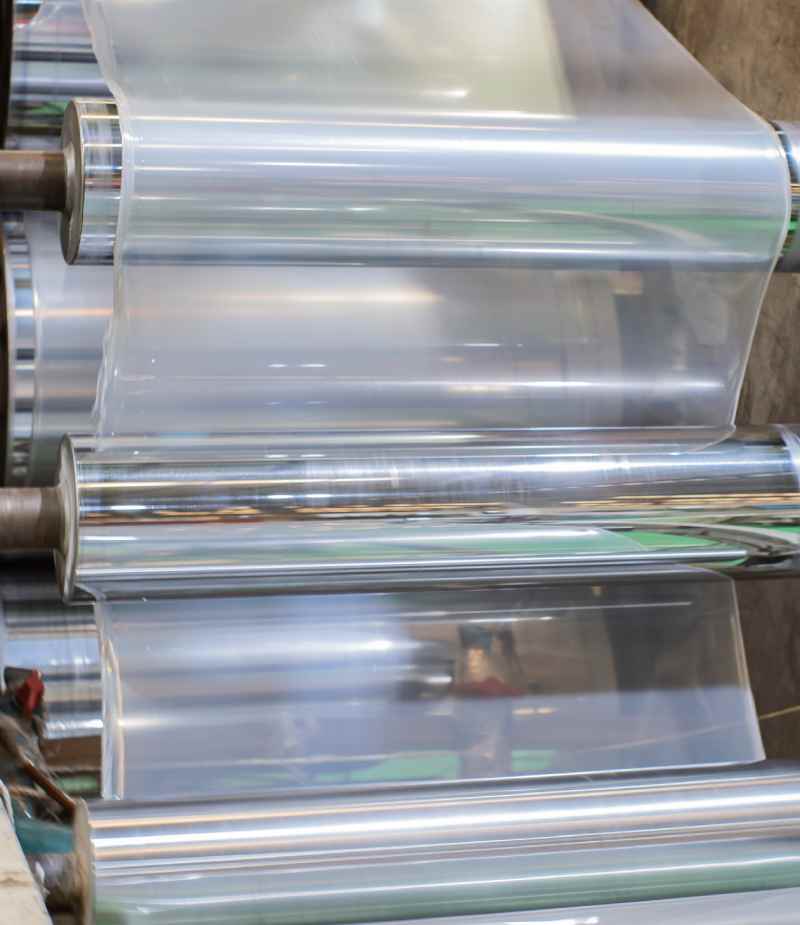
It was in 1862 that Alexander Parkes introduced the world’s first-ever man-made plastic, at the London International Exhibition. “Parkesine,” as it was called, was marketed as an alternative to ivory and horn that Parks discovered while trying to develop a synthetic substitute for shellac for waterproofing.
Though the product was not a commercial success, Parkesine represented an important first step in the development of man-made plastic. The material didn’t start to truly show its potential value and diversity of applications until John Wesley Hyatt in Albany, New York discovered a way to manufacture an improved version of Parkesine, most commonly known as celluloid.
Read on to see more important dates in plastics’ rich history:

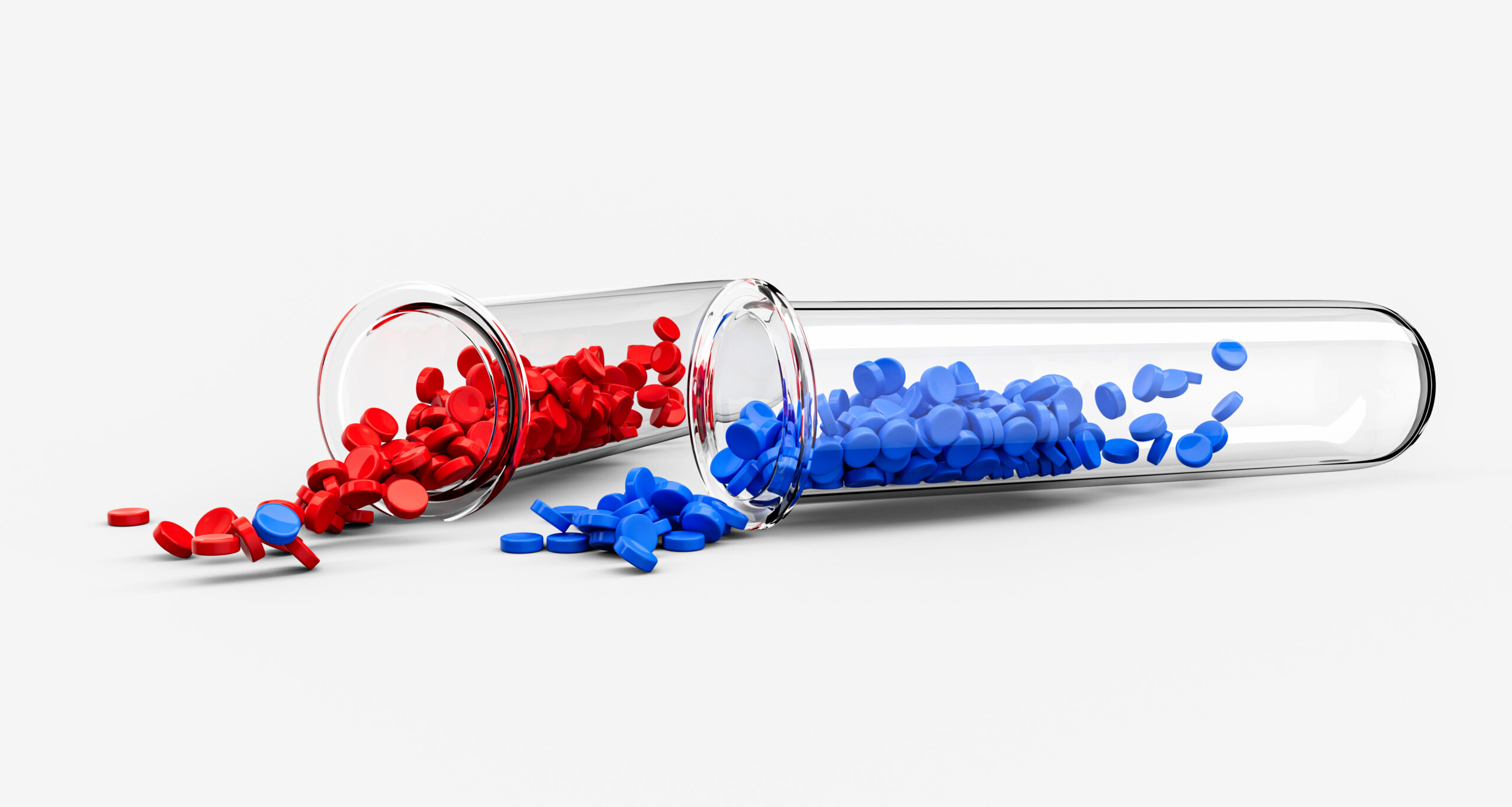

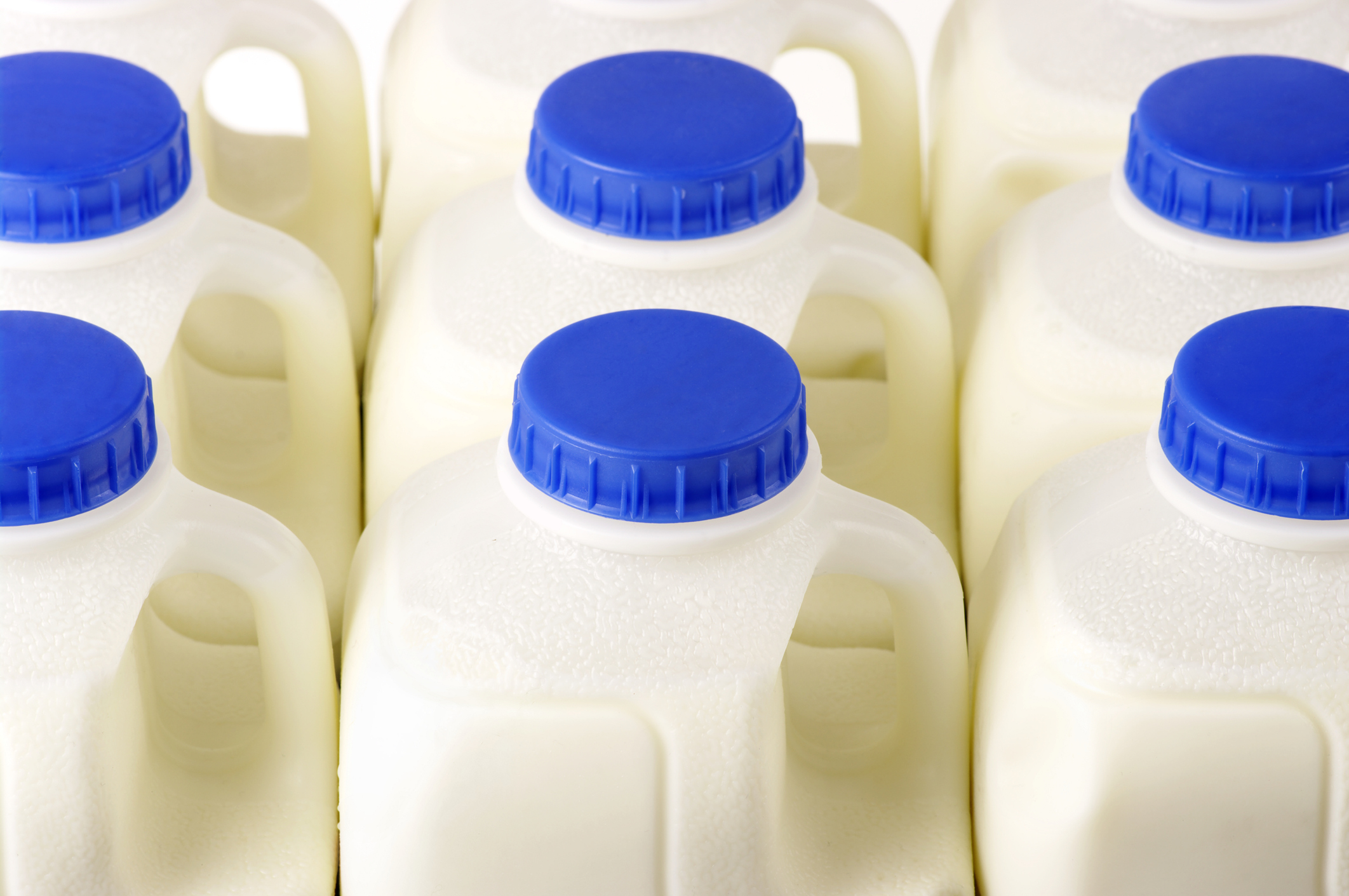
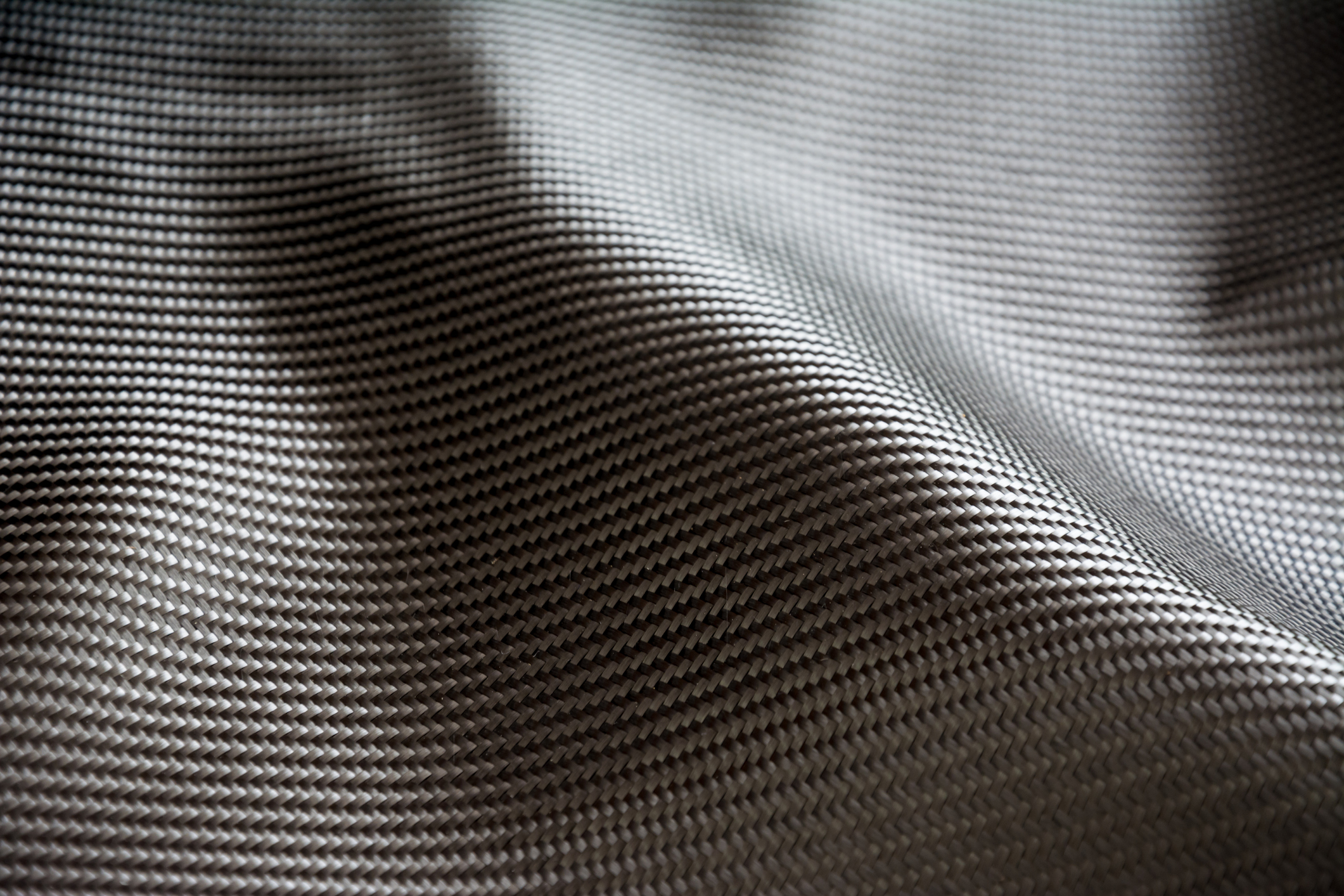
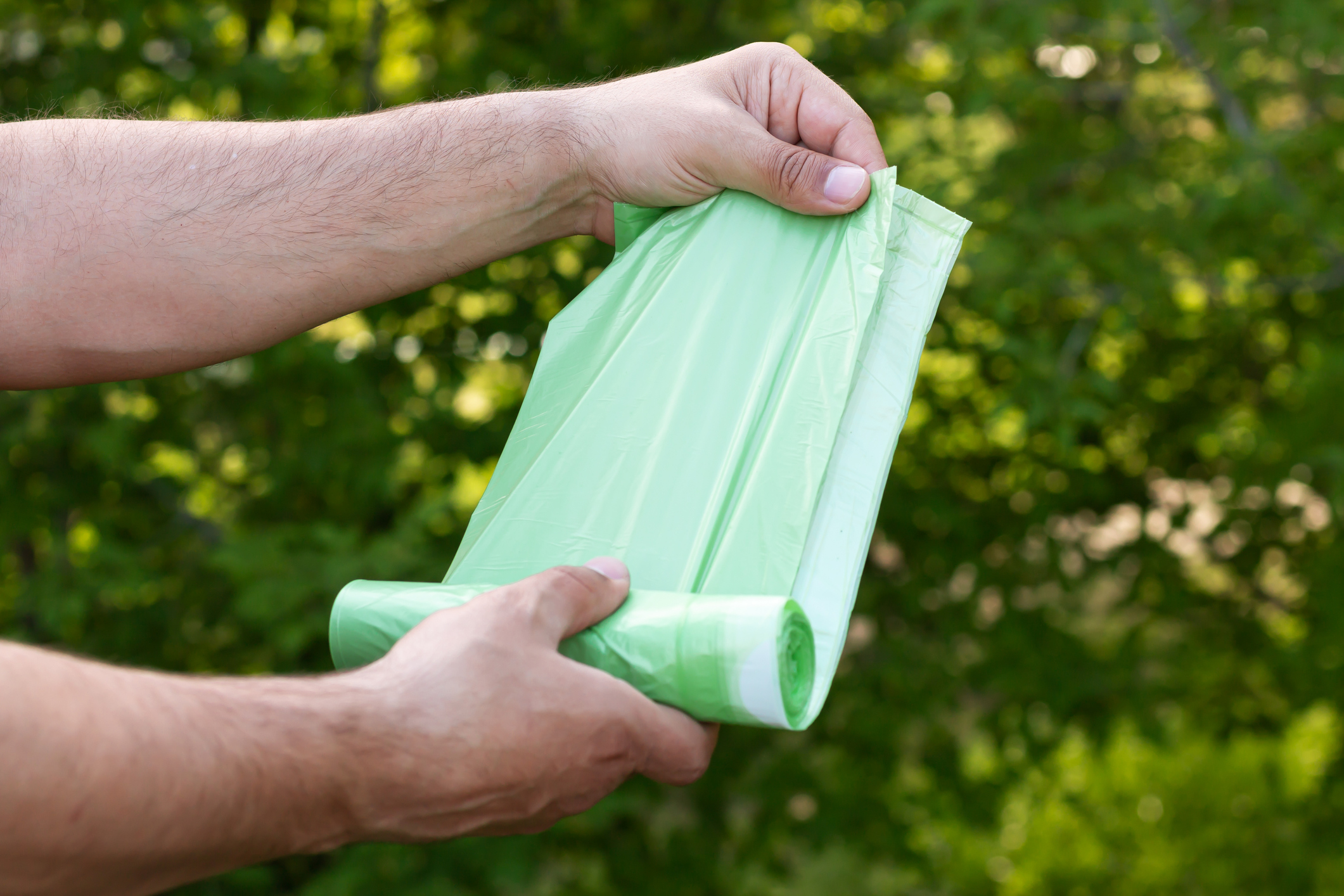

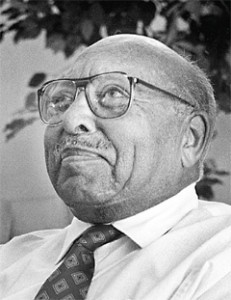
While Parkesine was created from organic compounds, specifically cellulose, Dr. Leo Bakeland created the world’s first entirely synthetic plastic called Bakelite. This marks the start of the modern plastics industry.
Hermann Staudinger proved the existence of what we know today as polymers in 1920. Plastics are just one subset of polymers, a broad term that can be used to describe any plastic as well as several other naturally-occurring organic compounds. Even our own DNA are polymers.
A staggering number of plastic and chemical innovations emerged in the period surrounding World War II.
THU FEBRUARY 19, 2015
by Ian Blackwood
Growing up in the early 20th century, Walter Lincoln Hawkins faced immeasurable obstacles as an African-American, orphaned at a young age, attempting to gain an education to pursue his passion of math and science. He persevered though, becoming a true pioneer in the world of chemical engineering and polymers, and paving the way for many in the plastics and telecommunications industries, regardless of the color of their skin.

Hawkins received a degree in chemical engineering from Rensselaer Polytechnic Institute in 1932, and went on to receive a master’s degree in chemistry from Howard University and a doctoral degree from McGill University. All of these were remarkable feats for the time, but his inspirational accomplishments didn’t end at graduation.
During World War II Hawkins helped develop synthetic substitutes for rubber, a vital wartime resource that was largely controlled by Axis powers. Among his numerous technical achievements, he designed a lab test to predict the durability of a plastic surface using spectroscopy. Hawkins also greatly extended the life span of plastic substances by helping to create new techniques for recycling and reusing plastics.
After the war, Hawkins went on to work at AT&T’s Bell Laboratories, becoming the first African-American scientist on staff. Some of his earliest and most notable work at Bell Labs involved, with the help of partner Victor Lanza, creating a polymer coating, now called “plastic cable sheath,” which would protect telephone cables. Previous wire coatings were costly, toxic, or too easily worn down by the weather. Hawkins’ polymer, which was made from plastic with a chemical additive composed of carbon and antioxidants, was cheaper, safer to use, and resistant to extreme weather conditions. This polymer saved billions of dollars, enabled the development of telephone service around the world, and is still in use today to protect fiber optic cables.

Throughout his career Hawkins made enormous contributions as a mentor and educator. He became the first chairman of the American Chemical Society’s Summer Educational Experience for the Economically Disadvantaged (SEED) program. Additionally, he served as a board member at several educational institutions. Having found his passion in science, and making the most of it, Hawkins passed on all that he learned, encouraging young people to pursue careers in science.
Hawkins was a true pioneer of the 20th century. His work led to tremendous breakthroughs in plastics, telecommunications, chemical engineering and beyond. But, perhaps even more importantly, he was a pioneer for young people who were disadvantaged and minorities, striking out a path for them to follow through education and on to a fulfilling career in science and chemistry.